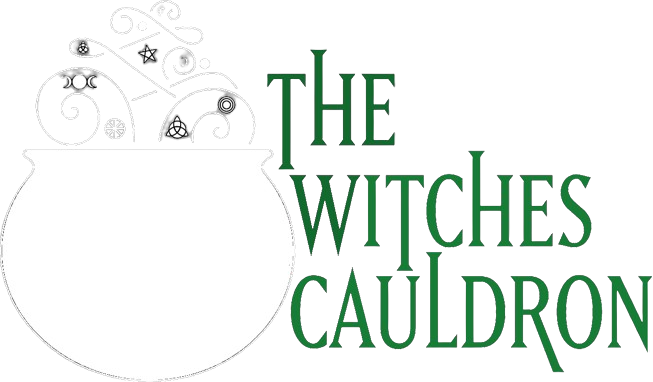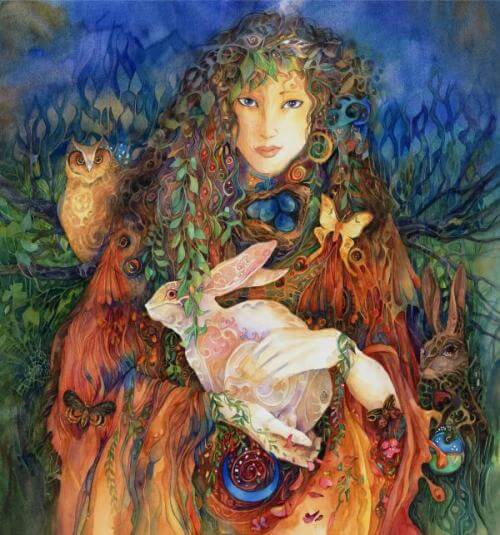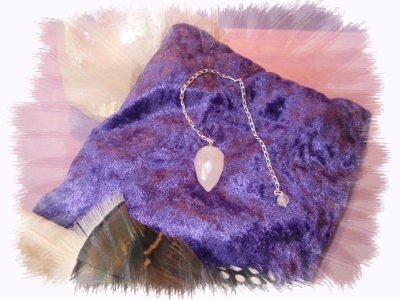On the 31st of October, every year, we see millions of people around the world spilling onto our streets dressed as witches, goblins, famous characters from films and dead versions of pretty much anything you can think of. The aim of the game differs depending on age groups, below a certain age youngsters are filling up plastic pumpkins full of sweet treats on their ‘trick-or-treating’ rounds, but beyond that, the focus is usually on partying and creating as much mischief as possible.
For many, it is their favorite holiday of the year. People join in with the spooky festivities because: a) It’s fun b) Everyone else is doing it. But, do they always fully understand why they are celebrating?
There are several crucial steps that have brought Halloween from its origins to the spectacle that we recognise it as today, and it all began in ancient Celtic culture over 2000 years ago.
As you may have already learned, the pagan wheel of the year marks 8 milestone festivals that the Pagan community uses to timeline their different rituals for offerings at various times of the year. And the festival that occurs in late October/early November, was Samhain (pronounced ‘sow-in’), the original Halloween.
Some Celts saw this time as the Celtic New Year’s Eve, welcoming in the new year on November 1st. Some used this holiday to celebrate ‘The Feast of the Dead’. With the nights becoming longer, and the air carrying a heavier chill, ancient pagans believed that the time of year that Samhain falls is the time when the veils that separate our world with the next world is at its most thin. They believed that the dead could more readily return to this world to exist among the living.
Communities had a love-hate relationship with the dead. Whilst they believed that the dead would help their prophets to make predictions about the future, they would light bonfires for protection from the dead as well as warmth, and dress up in costumes to ward off ghosts and bad spirits as the winter nights begun to draw in.
As the Christians often did, they then came along and adapted the festival to meet their desires, re-branding it ‘All Hallows Eve’, which would be followed by ‘All Saints Day’. Using the time to celebrate all of the saints and Christian martyrs that didn’t have their own specific day of celebration.
The festival then found its way over to America, where it was eventually pumped full of corn syrup and sprinkled with copious amounts of glitter and ‘The American Dream’. Early Halloween celebrations in the states would include ‘play parties’ which were community events to celebrate the harvest. People would share stories of the dead, dance, sing and tell each others fortunes.
At the beginning of the 19th century, Halloween was modestly celebrated in the states, it had not yet spread its full way around the country. However, by the second half of the 19th century, with an influx of Irish immigrants due to the potato famine, Halloween became a more popular festival across the country.
Festivities and traditions such as trick or treating, parades and even the evolution of Halloween movies, have seen this ancient holiday evolved into the billion-dollar industry it is today.
Go and browse our other blogs to find out how the modern pagan community celebrate Halloween/Samhain.





